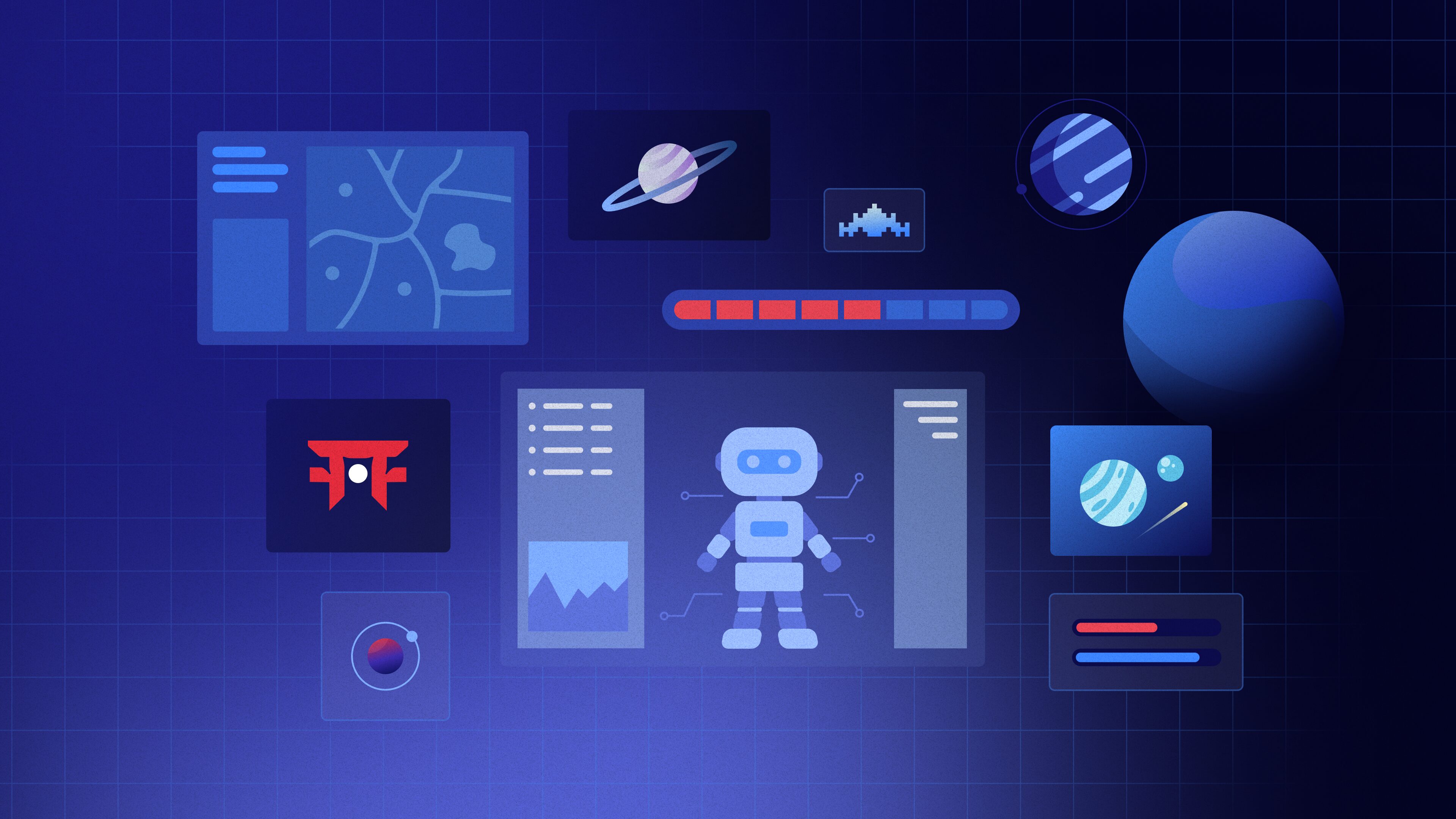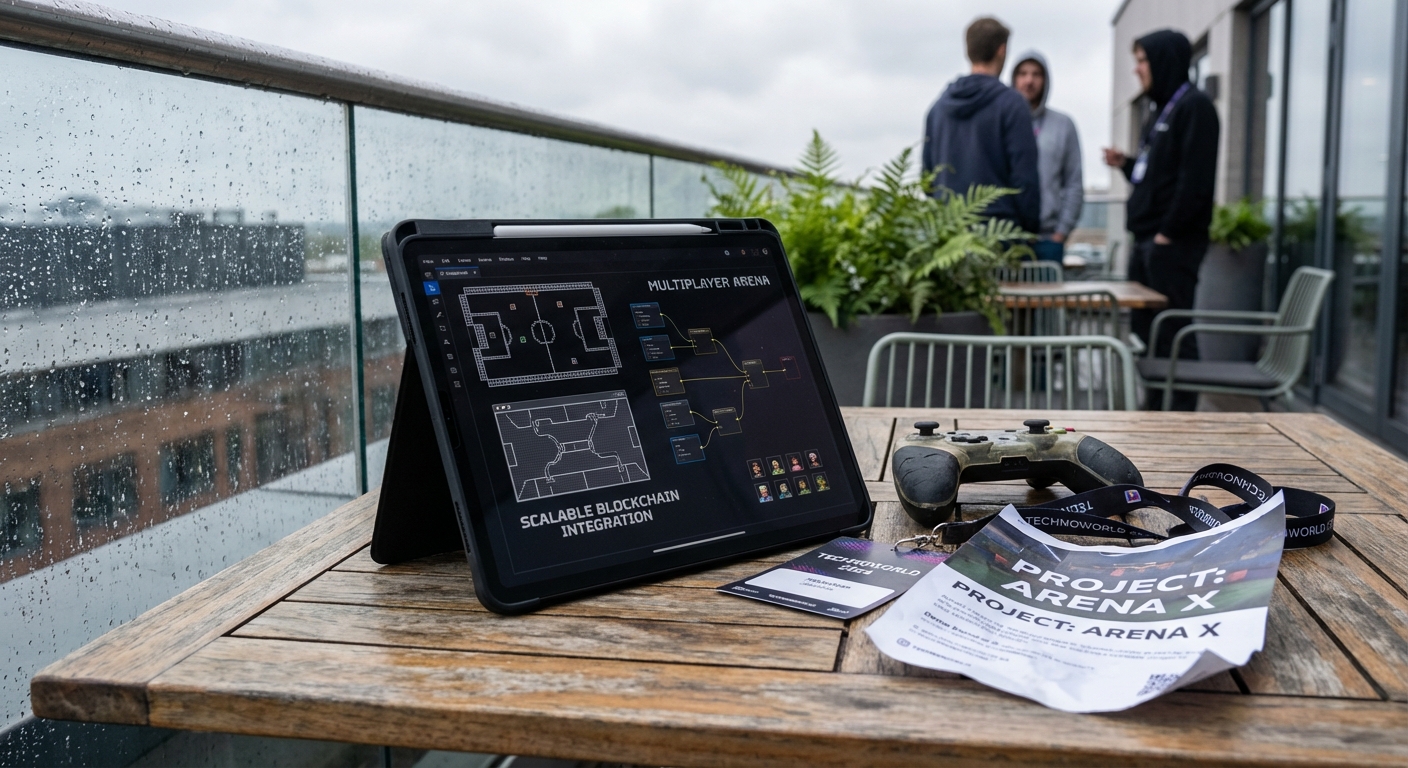On-Chain Game Economies: How Tokenomics Shape Player Rewards and Growth
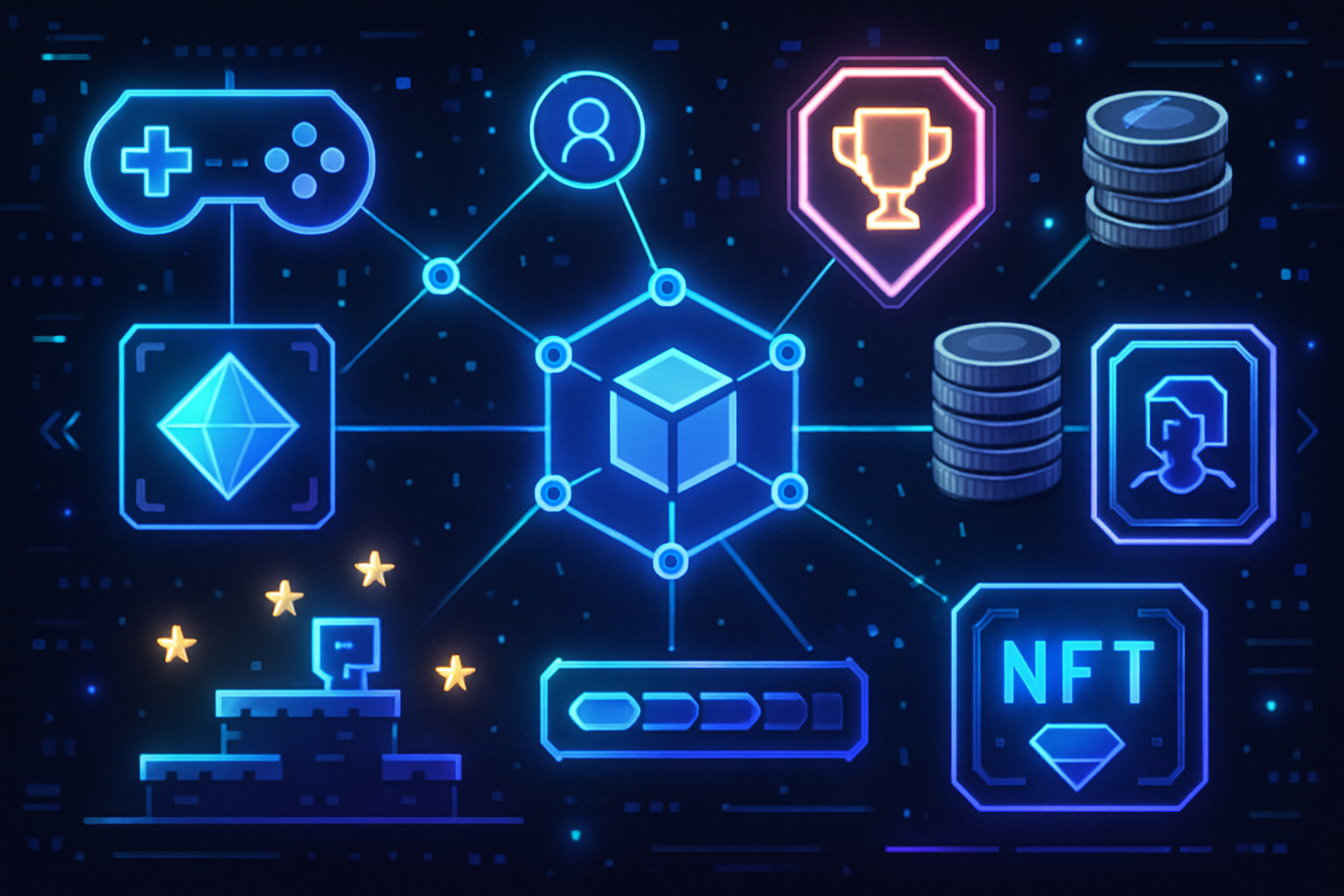
On-chain game economies are redefining the relationship between players, assets, and value creation. By leveraging blockchain’s transparent and immutable infrastructure, these games enable players to truly own, trade, and profit from in-game assets. The backbone of this transformation is on-chain game tokenomics: the set of rules and mechanisms that govern how tokens are minted, distributed, and utilized within a game. The latest data shows that in 2024, daily active Web3 game wallets surged to 7.4 million, a testament to the traction and engagement that robust tokenomics can drive (tokenomics.net).
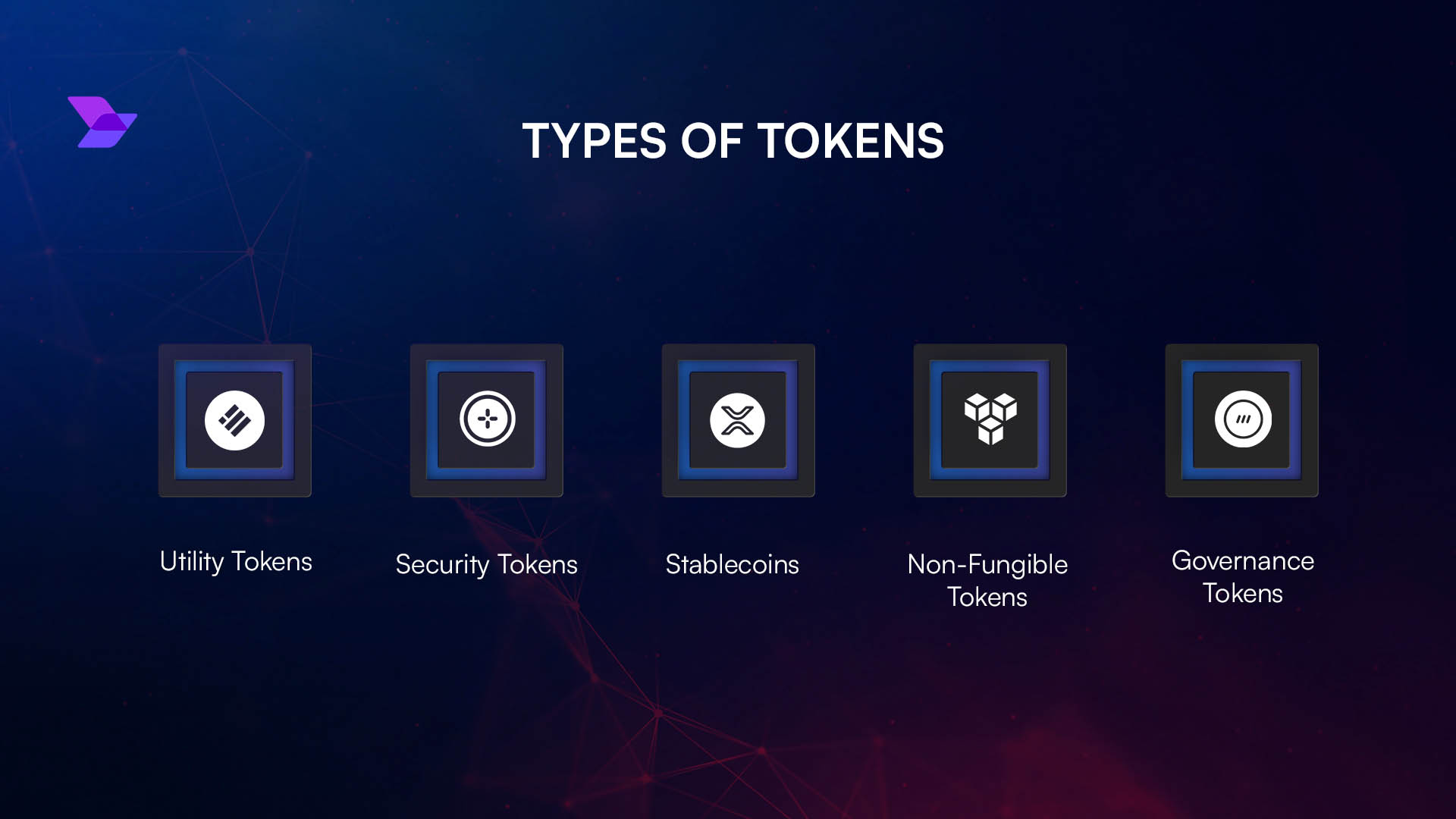
How Tokenomics Influence Player Rewards
Tokenomics directly shape how players are incentivized and rewarded. In fully on-chain games, reward structures can range from classic Play-to-Earn (P2E) models to more nuanced “Play and Earn” approaches. For example, Pooky’s model rewards the top 20% of players with 70% of the prize pool, while other participants receive in-game perks or NFTs. This design balances competitiveness with inclusivity, reducing the risk of inflationary pressure that plagued early P2E experiments (pooky.gitbook.io).
Games built with frameworks like MUD (EVM-compatible) and Dojo (Starknet-focused) are at the forefront of this evolution, offering developers granular control over token flows. By embedding smart contract logic for automated feedback loops, these engines allow for real-time adjustments to reward rates, helping maintain balance as player behavior shifts (blog.nami.gg).
Driving Growth Through In-Game Economies
Successful on-chain games foster vibrant economies by integrating both fungible (ERC-20) and non-fungible tokens (ERC-721). Players can own unique items, build collections, and participate in marketplaces where assets have real-world value. This hybrid asset model not only attracts a broader audience but also supports continuous engagement as players seek to enhance or monetize their holdings (vocal.media).
DeFi mechanics are increasingly being woven into game economies. Staking rewards, liquidity pools, and yield farming provide players with passive income opportunities, further incentivizing long-term participation. For example, staking rewards in MUD and Dojo-powered games can be dynamically adjusted based on in-game activity or external market conditions, helping to stabilize token value while rewarding loyalty.
Top 3 Tokenomics Features in Leading On-Chain Games
-

Hybrid Token Models: Leading on-chain games like Pooky and titles built with MUD and Dojo utilize both fungible tokens (ERC-20) for in-game currency and non-fungible tokens (ERC-721) for unique assets. This dual system enables true digital ownership, trading, and monetization, fueling vibrant player-driven economies.
-

Performance-Based Rewards: Games such as Pooky implement a “Play and Earn” structure, where top-ranked players receive the majority of token rewards (e.g., 70% of the pool goes to the top 20%). This incentivizes skillful play and sustained engagement without over-reliance on inflationary payouts.
-
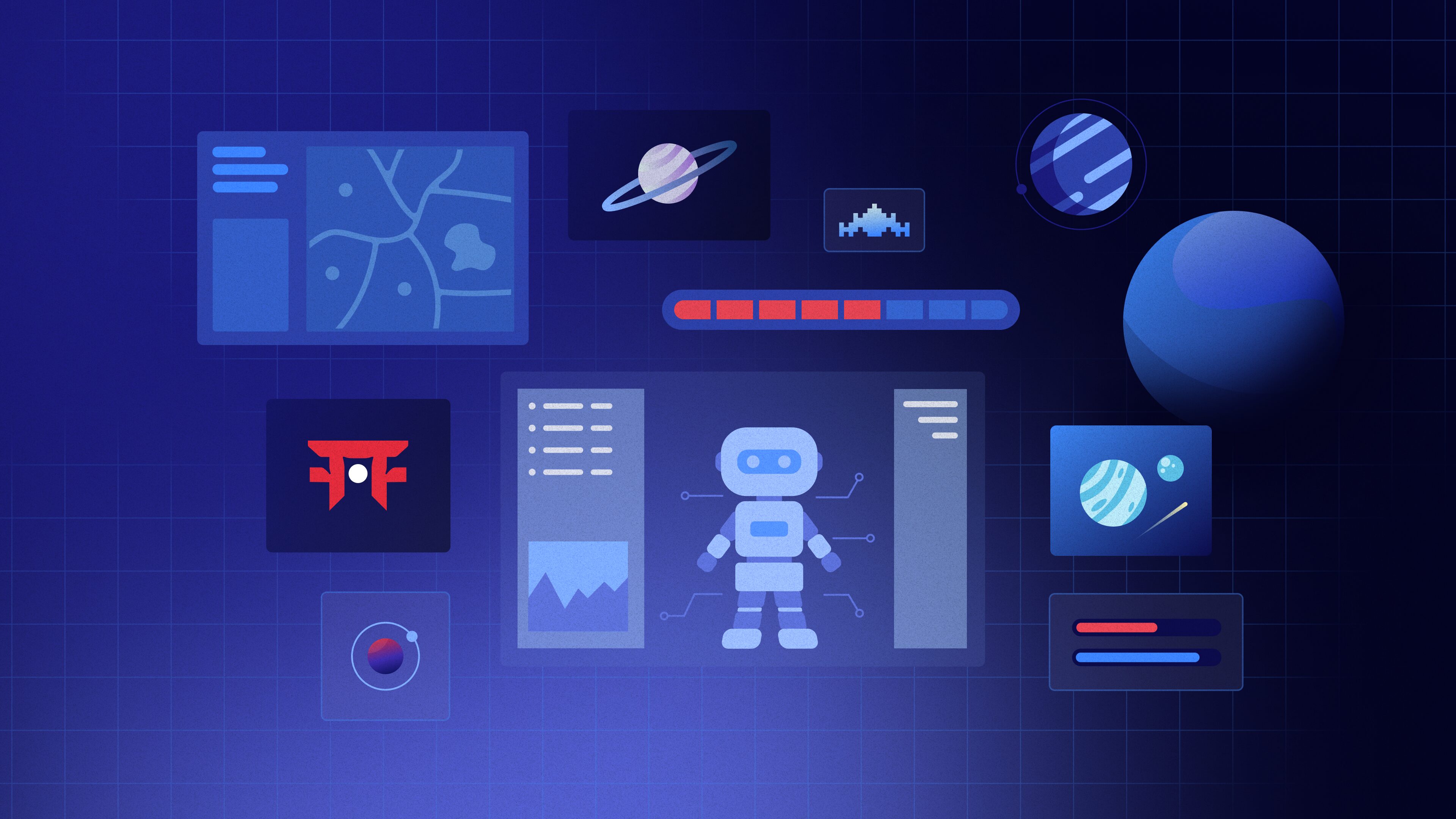
DeFi Integration for Player Incentives: Many on-chain games now incorporate staking and yield farming mechanics, allowing players to earn passive income by locking tokens or providing liquidity. This approach, seen in ecosystems powered by MUD and Dojo, enhances economic stability and long-term player retention.
Challenges: Balancing Incentives and Sustainability
While the upside is clear, designing sustainable tokenomics is complex. Over-incentivizing speculative play can undermine the core gameplay experience, while unchecked token inflation risks eroding value for all participants. Developers are turning to mechanisms like bonding curves and token burning to manage supply and demand. Automated feedback systems, embedded directly in smart contracts, help adjust issuance rates and maintain economic equilibrium (blog.nami.gg).
Ultimately, the future of on-chain game economies hinges on aligning incentives with genuine engagement. As frameworks like MUD and Dojo evolve, expect increasingly sophisticated tokenomic models that reward skill, creativity, and long-term commitment, fueling both player satisfaction and sustained ecosystem growth.
Interoperability is another key frontier. Fully on-chain games are starting to enable the flow of tokens and assets between titles, creating cross-game economies that amplify network effects. This interoperability, highlighted by Galaxia Studios, means a single ecosystem can empower dozens of games, driving exponential growth and opening new monetization pathways for both players and developers (Medium · Galaxia Studios).
Community governance is also gaining traction as a mechanism for sustainable growth. Many projects now use DAO structures to let players vote on economic parameters, such as reward allocations or burn rates. This democratization of economic design not only increases player buy-in but also helps surface emergent strategies that developers might overlook. By embedding governance into the core loop, games can adapt more rapidly to player preferences and market dynamics.
Technical Innovations: Automated Balancing and Bonding Curves
Modern on-chain game engines like MUD and Dojo allow for the implementation of advanced economic mechanisms. Bonding curves, for instance, automatically adjust token prices based on supply and demand, providing a transparent, algorithmic approach to asset valuation. This helps mitigate the risks of pump-and-dump behavior and ensures that early adopters are rewarded without destabilizing the economy. Automated balancing mechanisms, coded directly into smart contracts, can dynamically tweak staking rewards or token emissions in response to player activity, keeping the ecosystem healthy and responsive.
Staking rewards in MUD and Dojo-powered games exemplify this flexibility. Developers can set parameters so that rewards scale with the number of active players or the total value locked in the ecosystem. This data-driven approach is critical for maintaining a stable yet attractive reward structure, appealing to both competitive gamers and long-term investors.
Top 3 Tokenomics Features in Leading On-Chain Games
-
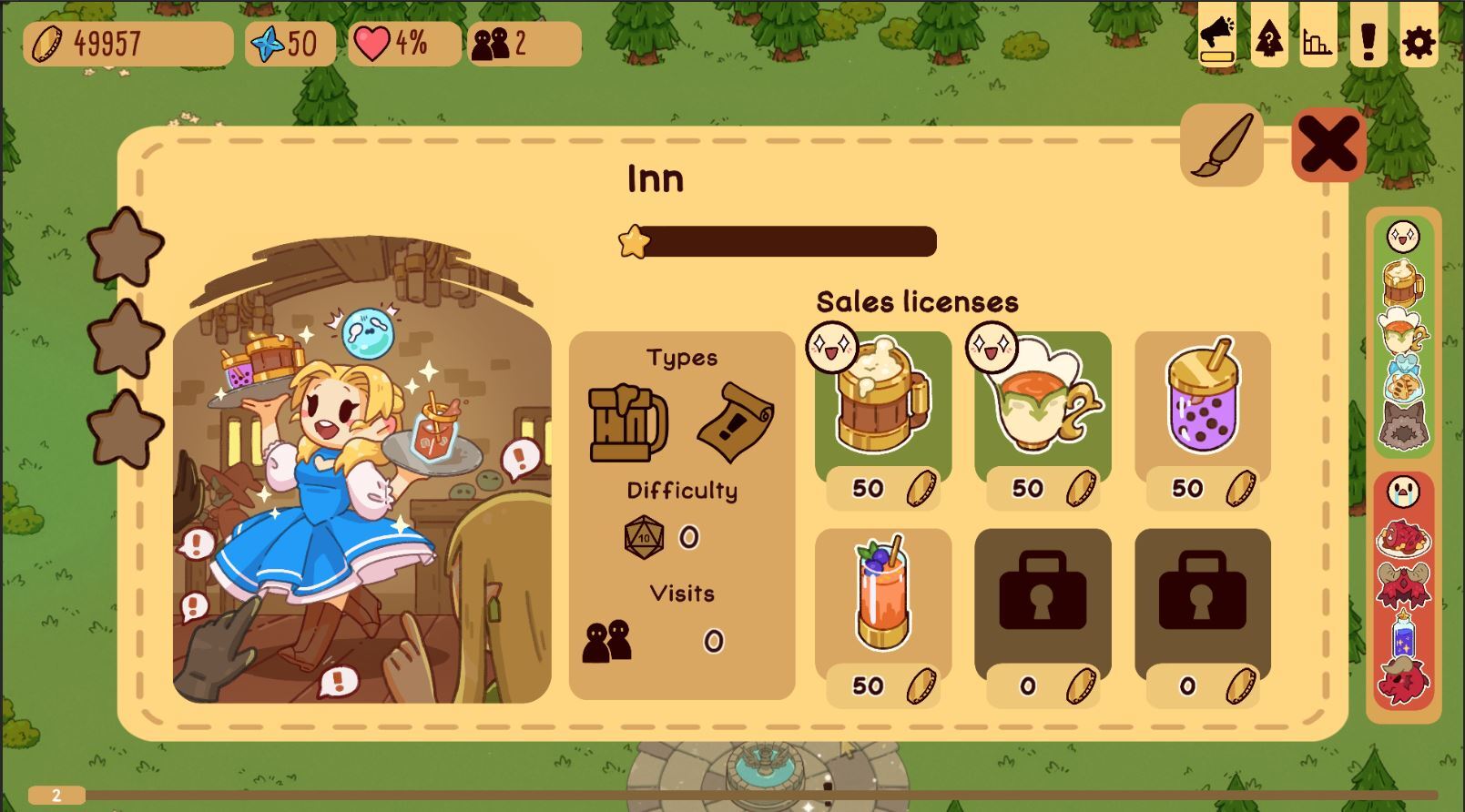
Sustainable Play-and-Earn Models: Games such as Pooky prioritize balanced reward structures, where only the top-performing players earn significant token rewards, while others receive in-game incentives. This approach helps prevent inflation and speculative bubbles, fostering long-term player engagement.
-
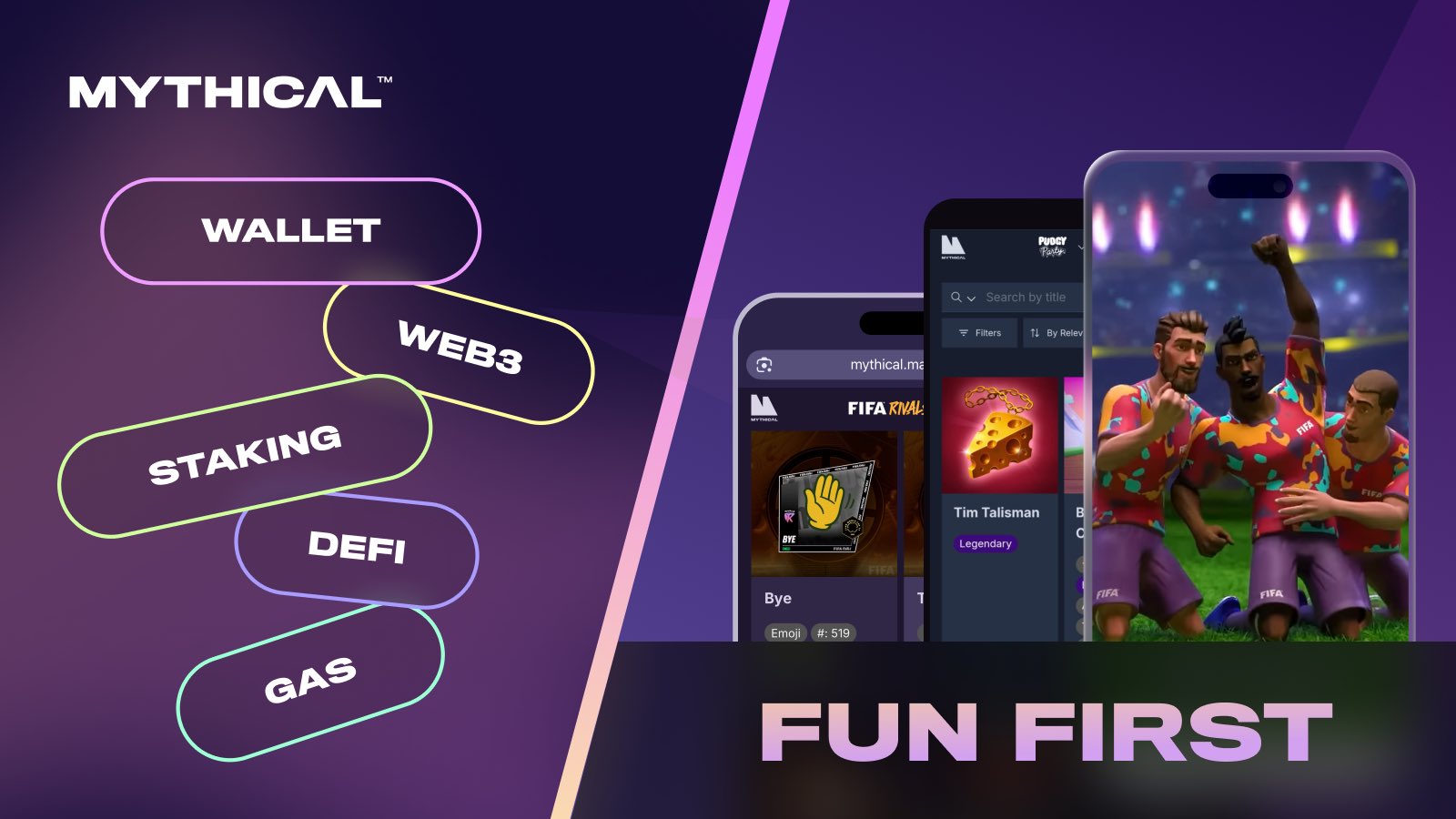
DeFi Integration for Player Incentives: Many on-chain games now incorporate staking and yield farming mechanisms, allowing players to earn passive income by participating in liquidity pools or locking up tokens. This not only boosts retention but also adds economic depth to game ecosystems.
Looking Forward: The Next Wave of On-Chain Game Economies
As the sector matures, expect to see a blend of sophisticated game design and robust financial engineering. The most resilient projects will be those that prioritize player experience while leveraging the full toolkit of DeFi and tokenomics innovation. Automated feedback loops, dynamic staking rewards, and cross-game asset portability are quickly becoming standard. The result: on-chain games that are not only fun and fair, but also economically sustainable and deeply engaging.
For developers and players alike, understanding the mechanics of on-chain game tokenomics, from bonding curves to staking rewards in MUD and Dojo, is no longer optional. It’s the key to thriving in a gaming landscape where every asset, action, and reward is transparently recorded, and where the next big opportunity could be just one smart contract away.



